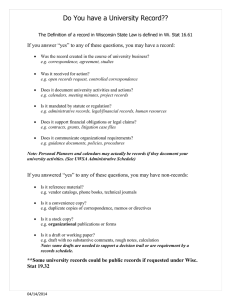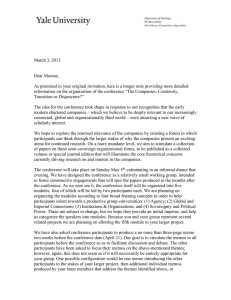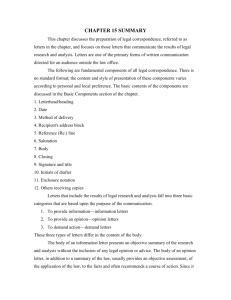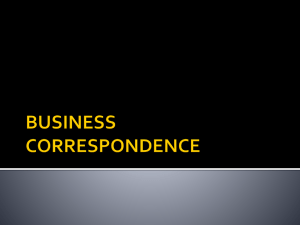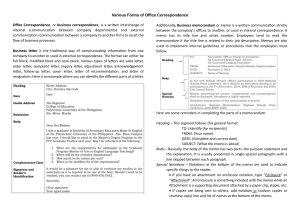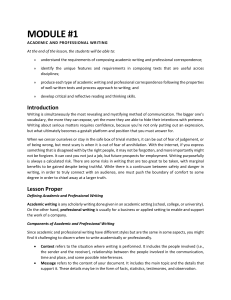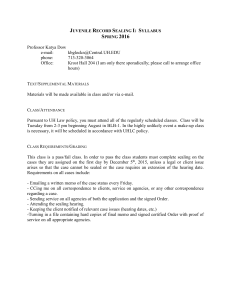Collect a sampling of business letters, reports, presentations, and
advertisement
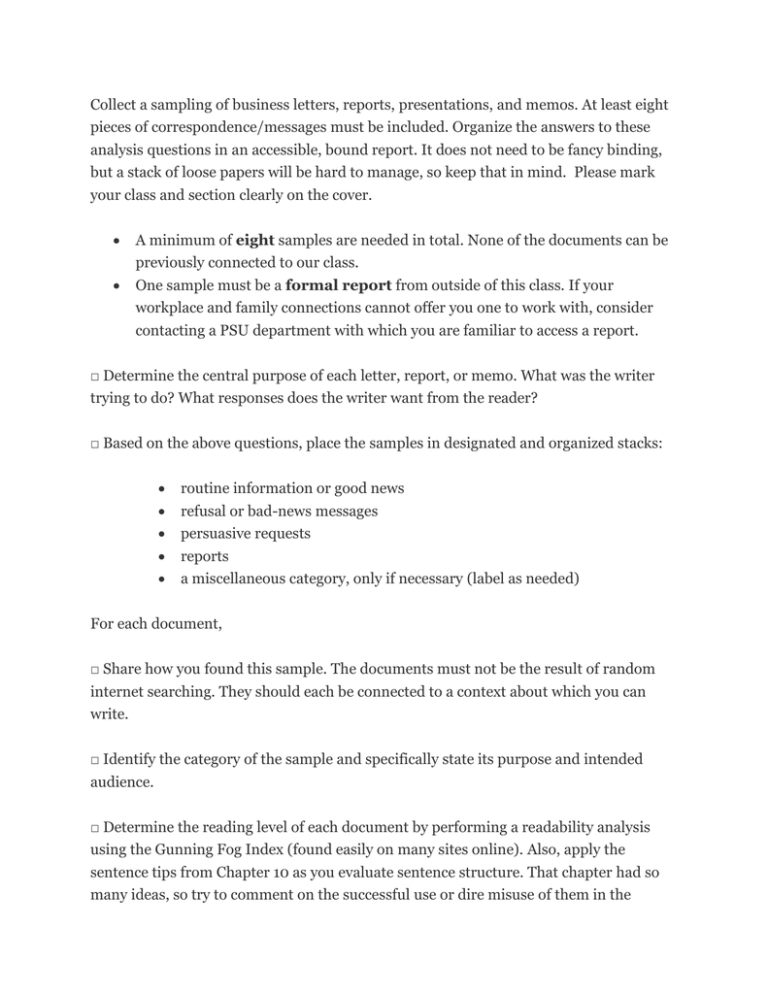
Collect a sampling of business letters, reports, presentations, and memos. At least eight pieces of correspondence/messages must be included. Organize the answers to these analysis questions in an accessible, bound report. It does not need to be fancy binding, but a stack of loose papers will be hard to manage, so keep that in mind. Please mark your class and section clearly on the cover. A minimum of eight samples are needed in total. None of the documents can be previously connected to our class. One sample must be a formal report from outside of this class. If your workplace and family connections cannot offer you one to work with, consider contacting a PSU department with which you are familiar to access a report. □ Determine the central purpose of each letter, report, or memo. What was the writer trying to do? What responses does the writer want from the reader? □ Based on the above questions, place the samples in designated and organized stacks: routine information or good news refusal or bad-news messages persuasive requests reports a miscellaneous category, only if necessary (label as needed) For each document, □ Share how you found this sample. The documents must not be the result of random internet searching. They should each be connected to a context about which you can write. □ Identify the category of the sample and specifically state its purpose and intended audience. □ Determine the reading level of each document by performing a readability analysis using the Gunning Fog Index (found easily on many sites online). Also, apply the sentence tips from Chapter 10 as you evaluate sentence structure. That chapter had so many ideas, so try to comment on the successful use or dire misuse of them in the document. Pay special attention to the ‘you’ attitude when it is present (or should be present). □ Evaluate the message of each sample according to the content of the textbook. For example, apply guidelines from the Correspondence chapter (14) to letters, emails, and memos. □ As with each point of analysis, use examples to explain how the document designer organized information, and how this affected clarity. Do comment on whether the designer used a direct or indirect strategy, and explain why this choice was made. □ Where appropriate, list one or two specific things that could be done to improve a particular letter or memo. If content has been well designed, point out the strengths of the correspondence instead. Finally, submit a 1-2 page Reflection Piece, in business letter format, which shares what you have learned throughout the course. Offer specific examples of challenges and examples of personal growth.


